How to prune fruit trees
Introduction to pruning techniques
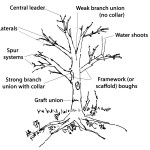 A how-to-prune introduction and guidance on how and where to make small and large pruning cuts here.
A how-to-prune introduction and guidance on how and where to make small and large pruning cuts here.
Summer pruning
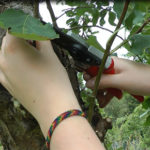 Summer pruning apple and pear tree removes overcrowded new growth, increases the quality of fruit and directs the energy of the tree from vegetative growth to fruit production. Click here for a guide to summer pruning apple and pear trees.
Summer pruning apple and pear tree removes overcrowded new growth, increases the quality of fruit and directs the energy of the tree from vegetative growth to fruit production. Click here for a guide to summer pruning apple and pear trees.
Restorative pruning
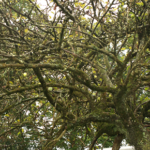
Restorative pruning can restore old, overgrown, and neglected trees into a good shape and productivity. It is better to restore an old neglected tree than to replace it, as veteran trees provide the best habitat for your orchard wildlife. With a bit of help, an old hollow tree can give years more service for both you and wildlife.
For information on how to restore old fruit trees click here.
Winter pruning
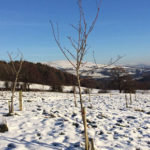 Winter pruning apples and pears helps maintain the shape and balance trees on established frameworks. It removes weak, crowded and unhelpful growth and increases the vigour of your tree in the next growing season.
Winter pruning apples and pears helps maintain the shape and balance trees on established frameworks. It removes weak, crowded and unhelpful growth and increases the vigour of your tree in the next growing season.
Please note that stone fruit should not be pruned in the winter, as this increases the chances of infection by silver leaf disease.
For information on how to winter prune your apple and pear trees click here.
Formation pruning
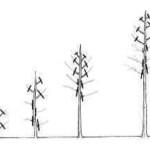 Formation pruning helps develop the framework and general shape of your young tree. Framework pruning is crucial in the first few years of a trees life.
Formation pruning helps develop the framework and general shape of your young tree. Framework pruning is crucial in the first few years of a trees life.
For information on how formatively prune your apple and pear trees click here.
